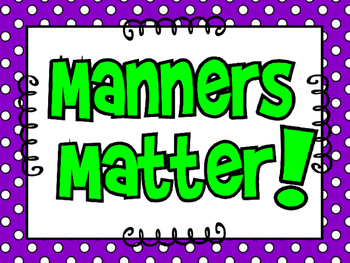1. Have a topic that is interesting, has a lot of conflict about, and that the students can relate to: This is one of the most important components to a successful classroom debate because this is how students will be able to engage. Trying to find a topic that is current and that the students have an opinion on is a way to make sure that the debate is lively. Make sure that the topic is something that is being argued on, such as Is Global Warming Real, or Should President Trump be impeached? There will be a lot of resources for the students to look at on topics like this.

2. Be unbiased when creating the affirmative and negative teams: While all of the students in the class may believe Global Warming is Real, you will need to still create a team that believes it is not. Therefore, it is best to create teams randomly and make sure to let them know that it may not be their personal opinion but they can research more about the topic. The point of a debate is to try to change the other team's opinion on the topic. Make sure that there are resources that the students can find on the internet or within books on the topic beforehand.

3. Presentation and Rebuttal: The teams will have a certain amount of time to first present their information and then create a rebuttal. It is important to teach the students what the difference is between these two, and it is a good way for a teacher to see who is paying attention to the debate!

4. Manners Matter: Make sure that the students understand that this is not an argument, but a debate. Therefore, students need to be polite to each other and use proper grammar when speaking. They cannot shout out information whenever they please, but only during their allotted time if it is their team's turn. They also need to work well within their group if they want to win the debate. A debate is a formal event and should be treated as such.

5. Set up the Classroom: This may require moving some furniture around, but setting up the classroom correctly is an important aspect to a debate. Make sure that there are two groups of desk, and that the groups are facing each other. This way, the students can maintain good eye contact during the debate while still working collaboratively within their teams.


